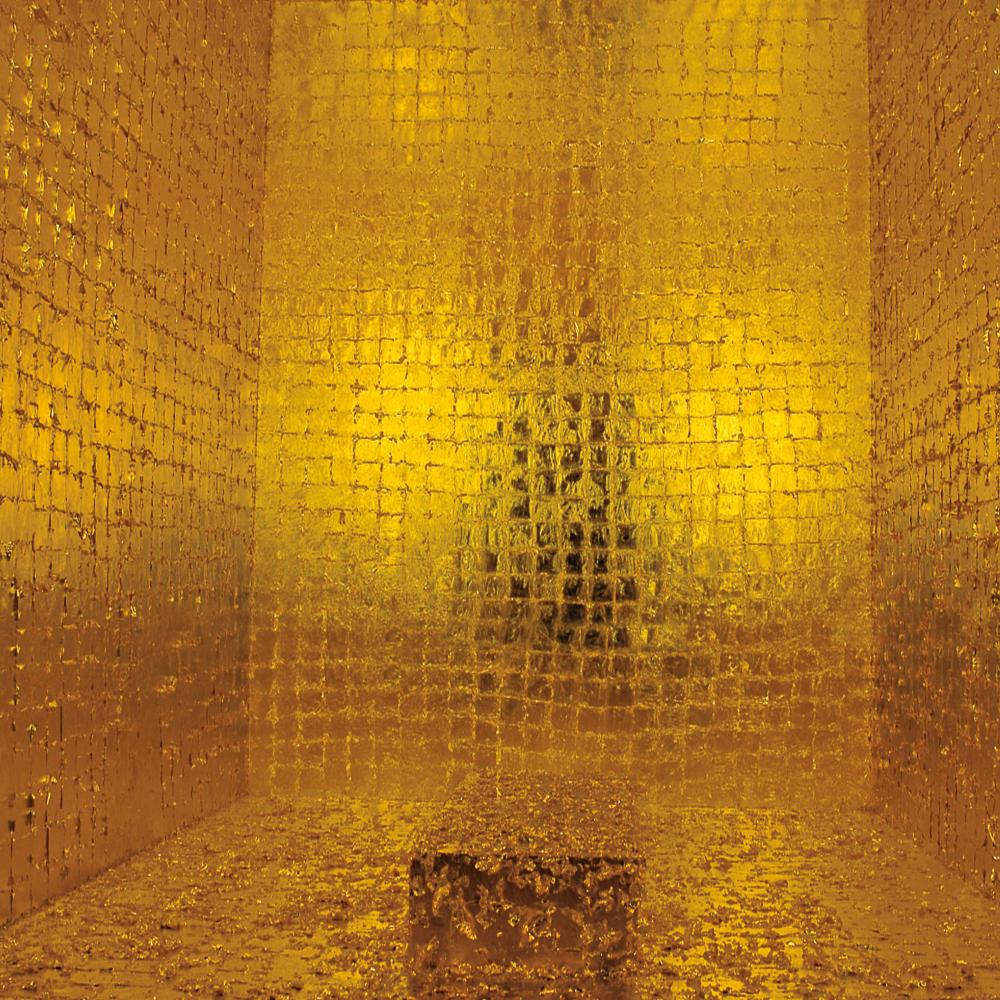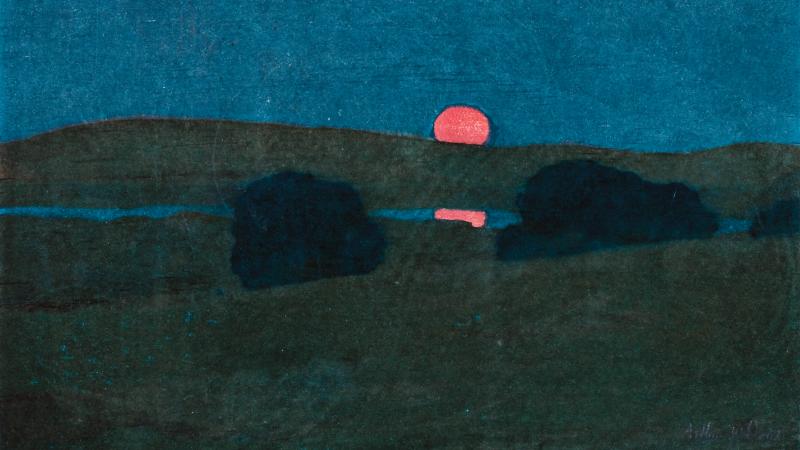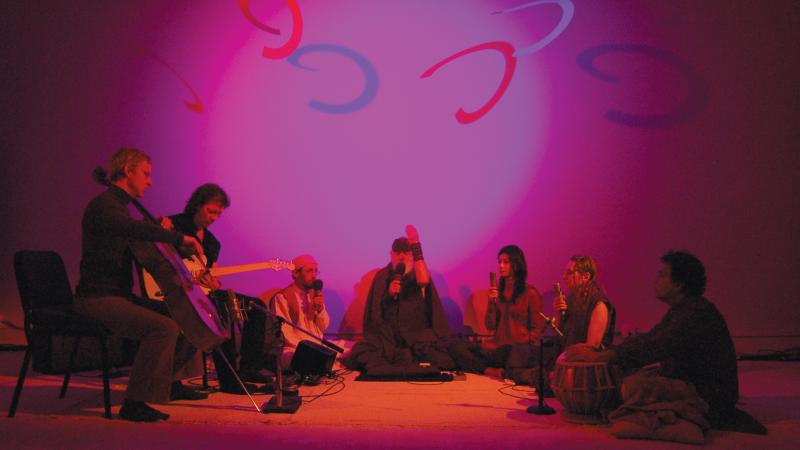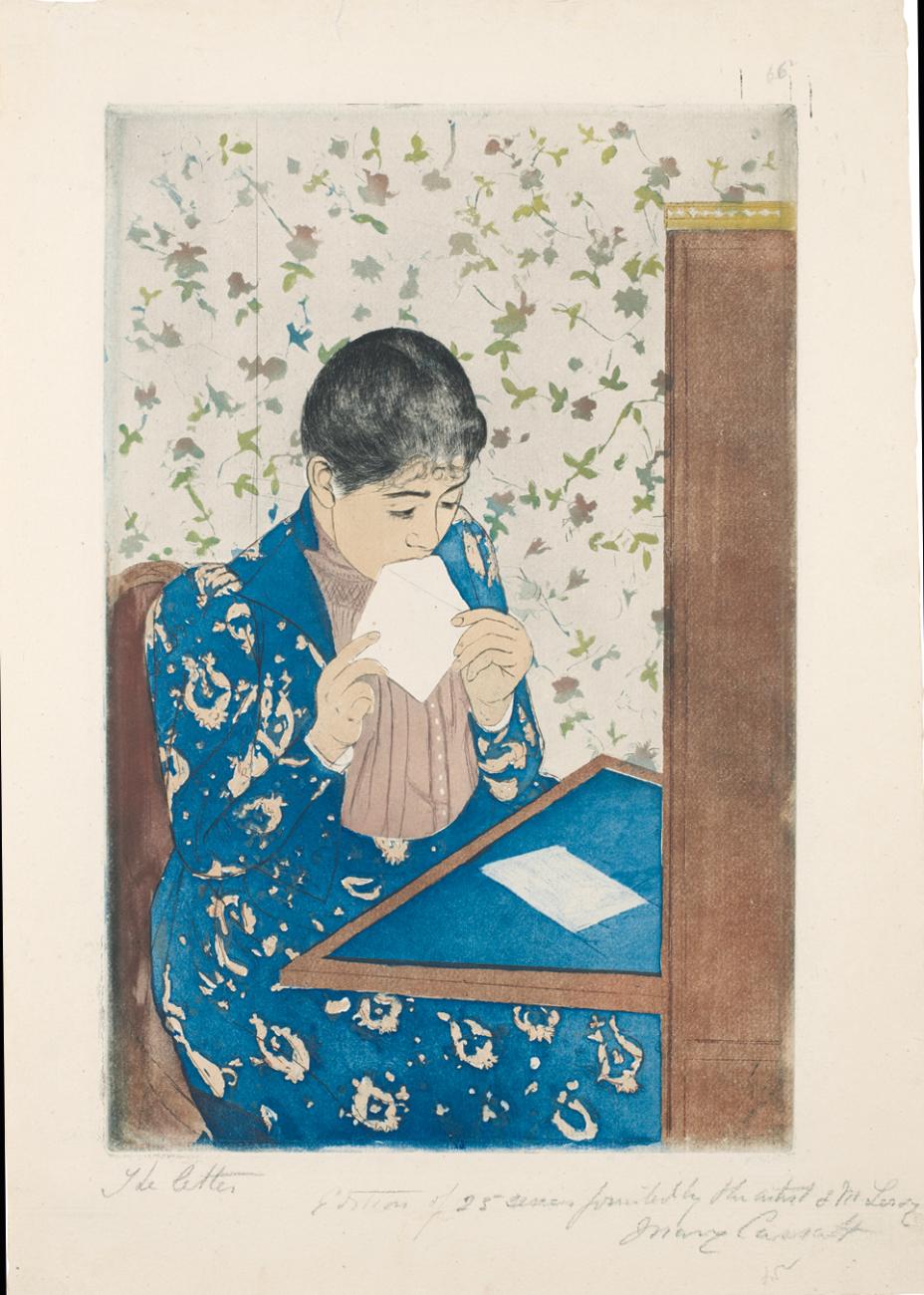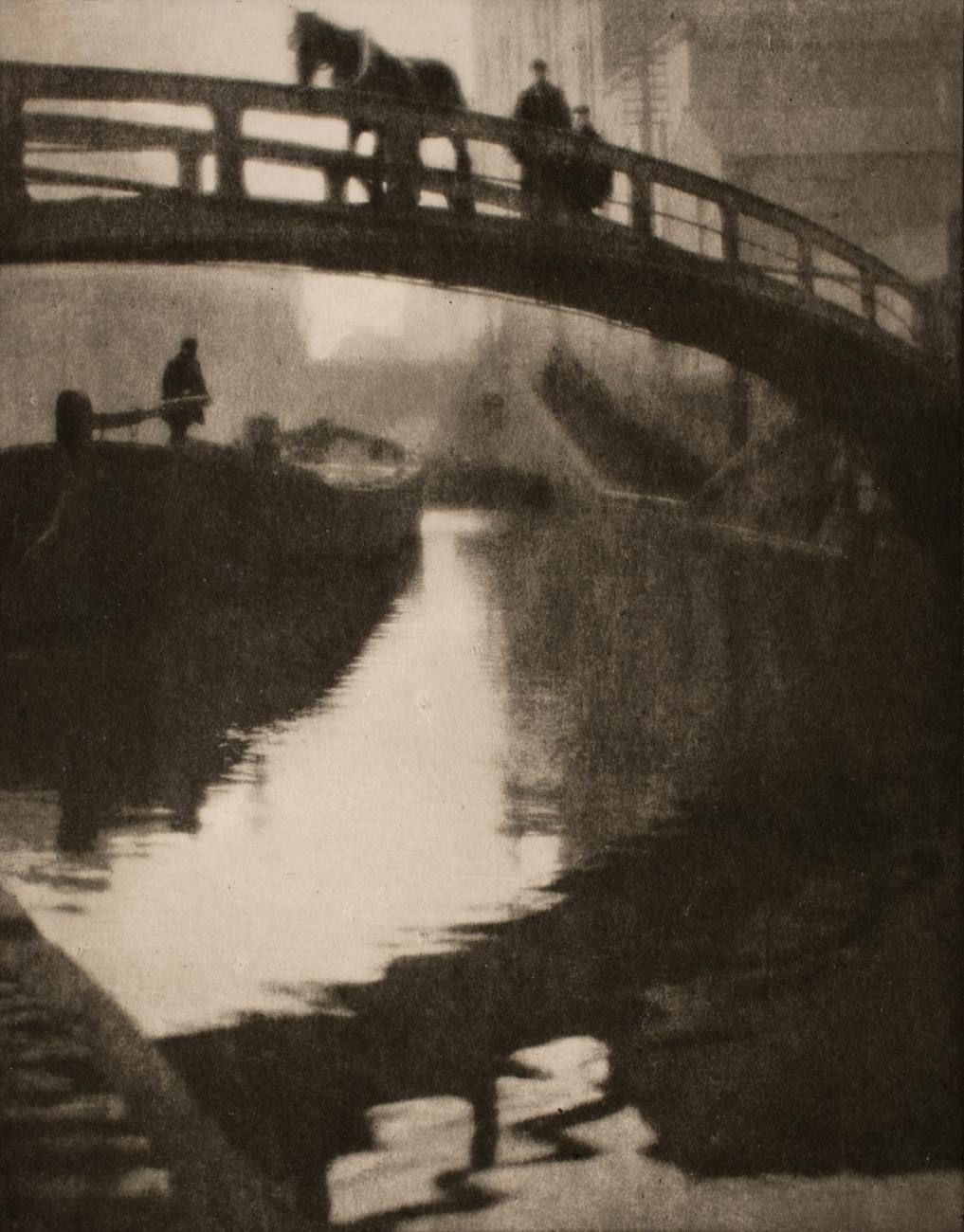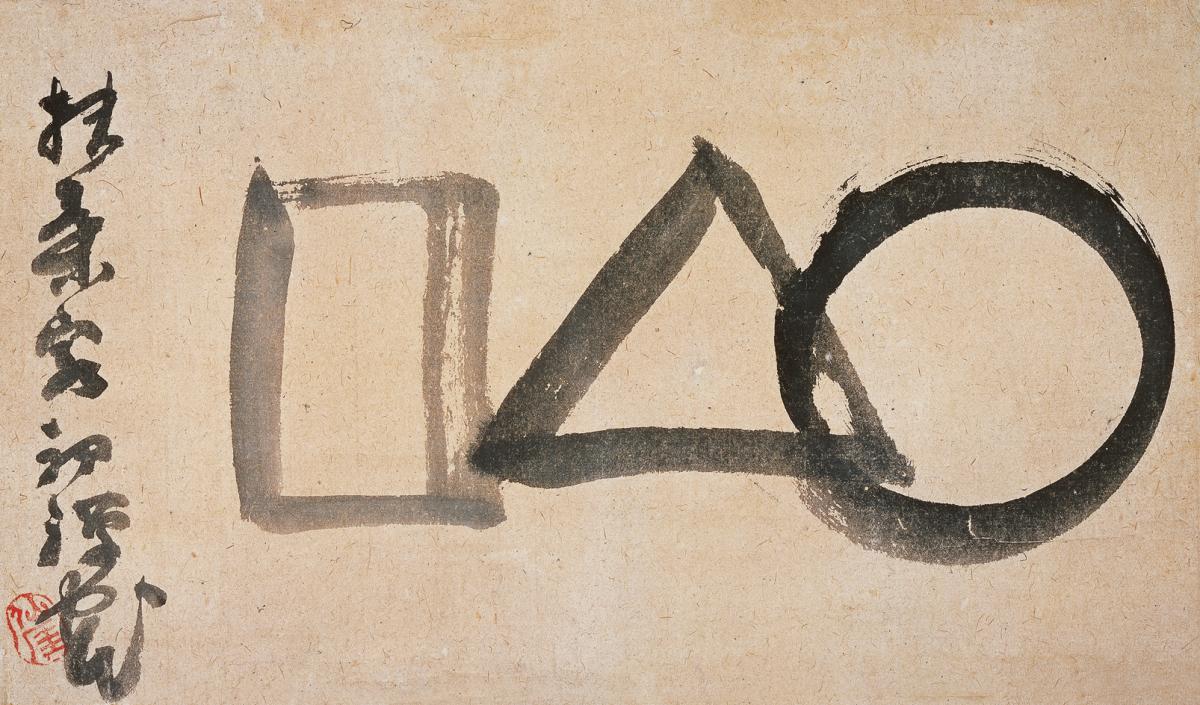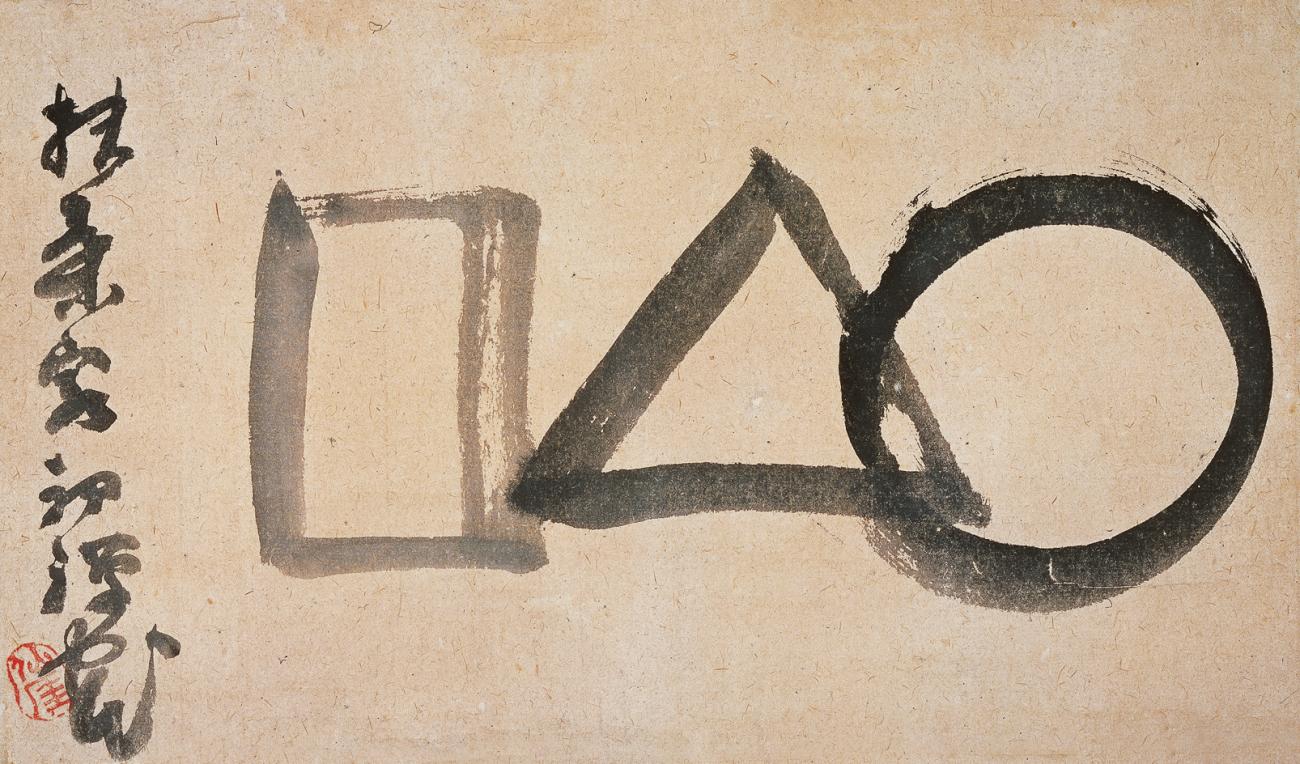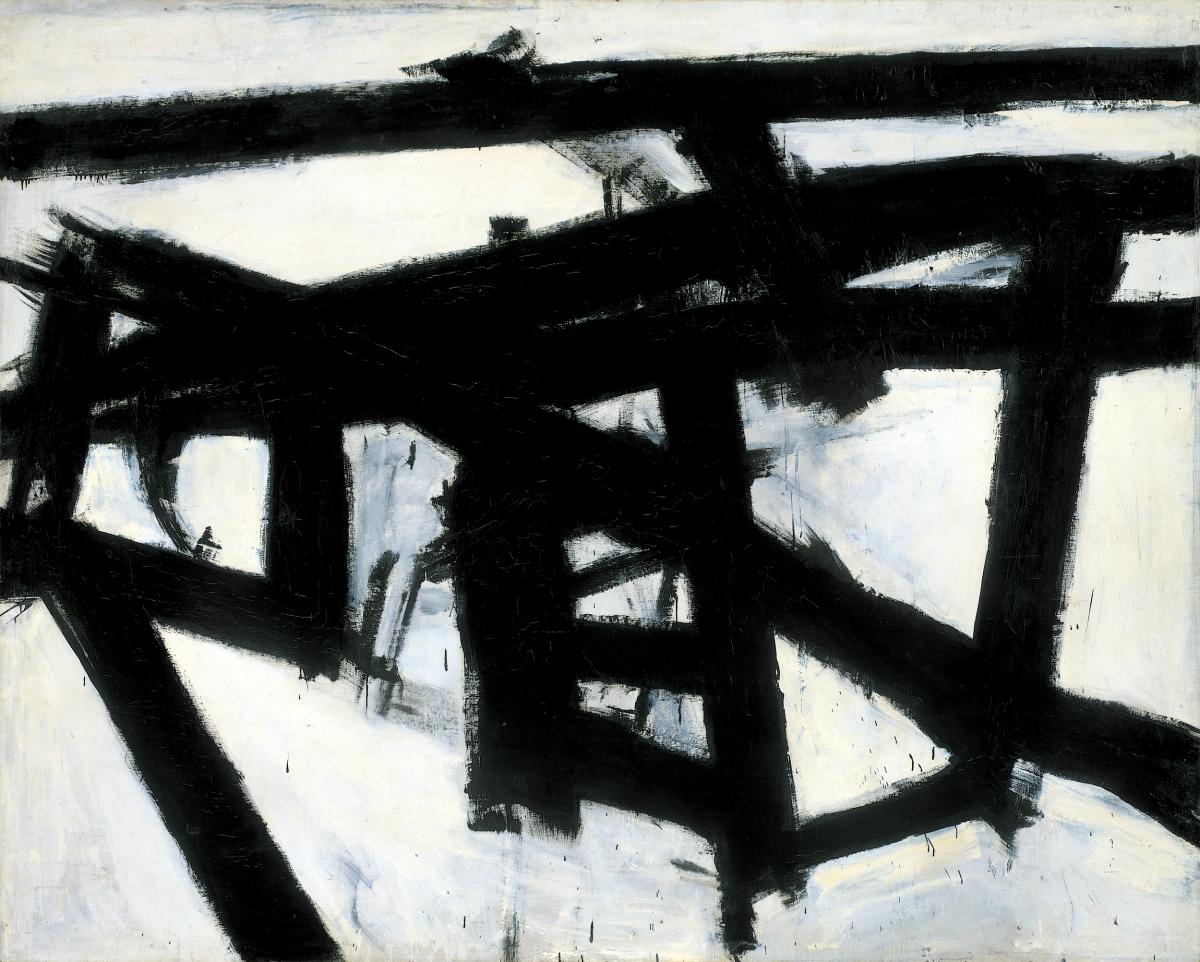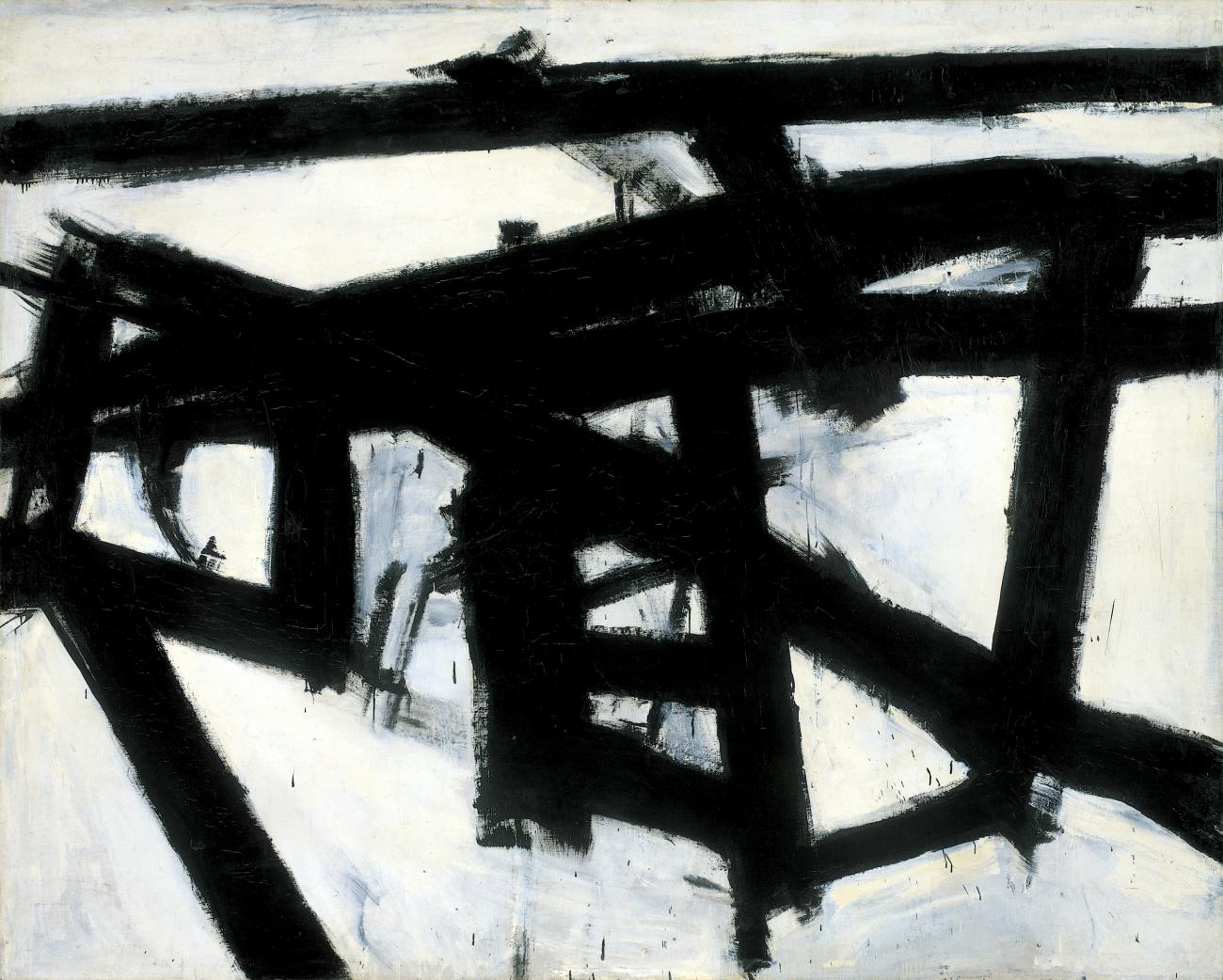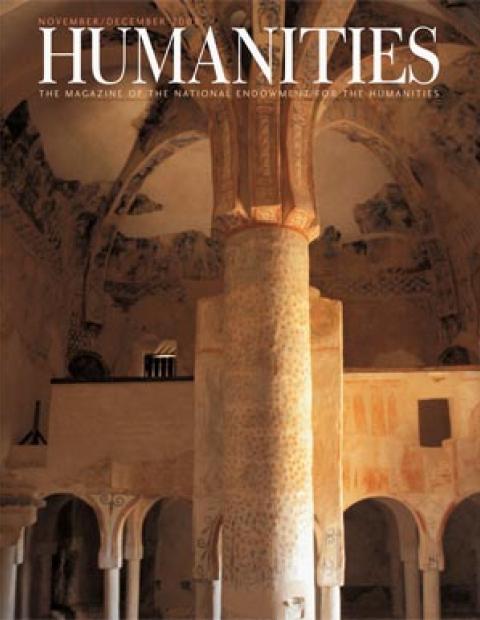On July 8, 1853, four black warships under a cloud of smoke entered the waters around Edo, now known as Tokyo, the center of power in feudal Japan. The American commander, Commodore Matthew Perry, carried a letter from President Millard Fillmore for the Imperial Emperor. Under the policy of sakoku, or “closed country,” in effect since 1639, the ports of Japan had been forbidden to foreign transit but for a Dutch harbor in Nagasaki. Fillmore’s long and even chatty letter, brimming with American optimism (“Great and Good Friend!” it announced to the Emperor), sought to overturn this policy and forever alter the United States’ relations with the East.
“Friendship, commerce, a supply of coal, and provisions and protection for our shipwrecked people” were Fillmore’s requests. His hope was to ensure the safe passage of the American whaling fleet, then fishing off the Japanese coast, and for American vessels en route to China.
Yet it wasn’t the persuasiveness of Fillmore’s letter so much as the intelligence of the American commander and armaments and technology of Perry’s gunboats, consisting of two steam frigates and two sloops, that guaranteed an audience with the Tokugawa Shogunate and Japan’s acquiescence less then a year later. With the signing of the Convention of Kanagawa, Japan was open.
Perry’s voyage, however, had a reciprocal effect. With the opening of Japan, the East began to exert its own cultural influence on the United States. For those who merely expected a one-way spread of the Christian gospel and Western culture to “heathen” lands, the result was unexpected. Nevertheless, as Perry approached Edo harbor, one might say a Japanese black fleet of its own, outfitted with Eastern philosophy and Oriental ornament, made its slow way to the cultural shores of the United States. The period of Asia’s colonization of American imagination was about to begin.
The influence of Eastern thinking over American artistic culture is now the subject of a sprawling 250-work exhibition at the Guggenheim Museum in New York entitled “The Third Mind: American Artists Contemplate Asia, 1860–1989.” The show sets out to survey the East’s cultural reflections in American art in the same dreamy manner that American artists often appropriated Eastern themes. A meditative peel of bells, courtesy of the artist Ann Hamilton, circles Frank Lloyd Wright’s spiraling rotunda and sets the tone for an exhibition that seeks to be both didactic and contemplative, Western and Eastern. The exhibition rises and falls on the same themes as the work it contains. The show “does not illustrate its textual sources; it embodies them,” announce the curators.
“Cogito ergo sum,” or “I think, therefore I am.” René Descartes summarized a strain of Western classical thought when he wrote this maxim in 1644. His declaration of self-consciousness borrowed from Aristotle and the Nicomachean Ethics: “Whenever we think, we are conscious that we think, and to be conscious that we are perceiving or thinking is to be conscious that we exist.” For the arts of the West, this philosophy of self-awareness established formal boundaries between the artist or observer or conscious subject and the passive window-like art object.
Traditionally, the Western artist imposed an extension of the rational world on a painting through the illusion of perspective. The artist’s studied draftsmanship used the West’s particular knowledge of representational technique to translate the visual world to the picture plane, all the while concentrating almost exclusively on the positive space within the boundaries of the frame.
But what about the space outside the frame–not just the physical space, but the spiritual and relational space between art and artist and viewer? In the past hundred and fifty years, the philosophies of the East have exerted their strongest influence over this negative, numinous region. Meanwhile, the artists of the West have observed, imagined, and even made up what the East has to say about this liminal area, filling in with their own dreams, spirituality, meditations, and politics. Influenced by Hinduism, Buddhism, Taoism, and Asian art and performance, Western artists “deliberately abstained from European empiricism and utilitarianism and looked toward Asia to forge an independent artistic identity that would define the modern age—and the modern mind—in a new transcendentalist understanding of existence and consciousness,” writes Alexandra Munroe, the curator of the Guggenheim show.
Dream House (1962–present) by La Monte Young/Marian Zazeela and The Death of James Lee Byars (1982/94) by James Lee Byars, two of the most memorable works at the Guggenheim, both use Western means to affect this Eastern sensibility. Dream House came about in the early 1960s when Young combined his interest in North Indian classical raga music with Zazeela’s studies in light art. Both became followers of a North Indian vocalist named Pandit Pran Nath and lived with him as disciples in a traditional gurukula manner. The result of their work at the Guggenheim is a carpeted meditative room (no shoes allowed) off the side of the main gallery, filled with colored light and deceptive shadows and sounds that pulsate in deep, repetitive electronic tones. Young and Zazeela’s art cannot be isolated as single elements to be observed—a beam of light, strips of paper, a movement of music―but instead concerns itself with enlivening the spectator through acute sensory stimulation.
The Death of James Lee Byars operates through similar means. From 1958 to 1968, Byars lived in Kyoto, where he taught English to Buddhist monks and studied Noh theater, “a highly abstract spectacle whose dramas explore the intersection between the human and supernatural worlds,” writes Monroe. Through this Japanese influence Byars developed a metaphoric performance practice that carried meaning over to form. The Death of James Lee Byars, now on display in the first large gallery room of the Guggenheim, is composed of a monumental hollowed-out cube covered in glittering gold leaf. In the center is a platform on which the artist once performed as the dead figure of himself. Today, small shimmering crystals rest on the slab in his place. The work of art here is less concerned with sculpture in itself than in the resplendent gold void contained within it, a special space of its own that evokes the spirit of the artist.
The earliest American interest in Eastern expression emerged in New England, where the transcendentalists Ralph Waldo Emerson and Henry David Thoreau read Hindu texts in the 1840s. Here Eastern art connoisseurship arose out of the China trade, and a community of Asian scholars developed around Harvard University. The most influential of these was Ernest Fenollosa, who became the curator of Japanese art at the Museum of Fine Arts, Boston, in 1890 and wrote the canonical two-volume Epochs of Chinese and Japanese Art (1912).
The transcultural assimilation of Asian thought in Western art and culture was never merely an American phenomenon, however, and it did not begin with Commodore Perry. In 1827, Georg Wilhelm Friedrich Hegel linked Arthur Schopenhauer’s “cult of nothingness” to the Buddhist nirvana. In the latter half of the nineteenth century, in what was known as japonisme, the French Impressionists took up the formal qualities of Japanese wood-block prints, called ukiyo-e. The flattening of the picture plane, which became a central feature of modernism, owes much of its development to the styles found in this Japanese art.
Fenollosa directly influenced at least two important artists, Arthur Wesley Dow of Massachusetts and John La Farge of New York, who had both studied painting in Paris and taken an early interest in French japonisme. Dow worked with Fenollosa at the Museum of Fine Arts and published Composition: A Series of Exercises Selected from a New System of Art Education (1899) based on his interest in Japanese prints, which emphasized the rhythmic spacing of forms. Both artists traveled to Japan, and La Farge, through his wife, had a familial connection to Commodore Perry. His close-cropped images of flowers, in their high horizon lines and color choices, resemble Edo-period paintings. After traveling with Henry Adams through Japan, La Farge helped design a memorial, now in Rock Creek Cemetary in Washington, DC, for Adams’s wife with the sculptor Augustus Saint-Gaudens and the architect Stanford White. This important work, which evokes both Symbolist iconography and Eastern quietude, “is likely the most public artwork of the nineteenth century to refer in such significant ways to Eastern sources,” writes Monroe. There is a cast of it in the Guggenheim show.
It is appropriate that the Guggenheim Museum, with its renowned collection of abstract paintings by the Russian artist Wassily Kandinsky, should be the institution to hold this survey. Beyond a mere formal influence on the look and style of modern art, the East had its most profound effect on the philosophies of art, no more so than in the early development of abstract painting, which arrived in America in a roundabout way from Asia by way of European intermediaries (who themselves drew on the publications of New York-based spiritualist circles).
Kandinsky’s debt to Theosophy has been a long-standing source of embarrassment for those who prefer to see only a positivist, materialist origin to abstract art, often examined only through the lens of French modernism. The occultist practice of Theosophy, founded by Madame Blavatsky in New York in 1875 and continued by Annie Besant and C. W. Leadbeater, borrowed extensively from Eastern religious practices, in particular Hindu and Buddhist teachings and cosmograms used as visual tools for achieving greater consciousness. Besant and Leadbeater’s book Thought-Forms, which promised a “glimpse of the forms natural to the astral or mental planes” through the synesthetic mixing of the senses, visualized a Gounod chorus, for example, as an “oblate spheroid” of colors rising “six hundred feet” in the air. Kandinsky’s own book On the Spiritual in Artborrowed extensively from Thought-Forms, as did his formal experiments in paint.
Kandinsky’s abstract “compositions” did not set out to represent an external reality so much as “to effect a spiritual awakening in the viewer’s consciousness,” write Kathleen Pyne and D. Scott Atkinson in the Guggenheim catalog. “Kandinsky drew from Theosophy to develop his revolutionary claim that abstract art (the formless form) had the greatest potential for expressing cosmic laws,” adds Monroe. “The notion of art as a mystical inner construction charged with the power to transform the viewer’s state of mind had a profound impact on American vanguard artists, on whom Kandinsky’s debt to Asian logic for his theories of abstraction was not lost.”
The first generation of American artists to arrive at abstraction came through Kandinsky’s indirect Eastern influences. Marsden Hartley met Kandinsky in Berlin in 1913. Alfred Stieglitz, the center of New York’s early avant-garde, ran excerpts of Kandinsky’s On the Spiritual in Art in Camera Work that same year. Arthur Dove, Georgia O’Keeffe, and the Synchronists Morgan Russell and Stanton Macdonald-Wright reflected Kandinsky’s interest in synesthesia, an artistic belief, related to Richard Wagner’s “total work of art,” that the senses could be brought into harmony, with colors that can be heard and music that can be seen. These artists also absorbed Fenollosa’s books and Hindu and Buddhist texts (Hartley’s Musical Theme [Oriental Symphony] is a synthesis of all these influences). “The example of Kandinsky highlights the hybrid context of the introduction and reception of the East in American modern art,” writes Monroe.
One might think that the calligraphic brushstroke of the second generation of American abstract painters, the Abstract Expressionists, was equally Asian influenced, but these artists were on the whole less accommodating to Eastern roots. The critic Clement Greenberg insisted that Franz Kline, one of the more obvious candidates, has no more “than a cursory interest in Oriental art.” Robert Motherwell claimed he wanted “no fake Oriental work for me.” As occult practices became too closely associated with the rise of fascism and Nazism during the war (and Japan itself was, of course, an Axis power), across the board, abstract painting in the second half of the twentieth century sought to dry out and desacralize much of the mysticism that went into abstraction’s origins.
American poetry took its own cue from Eastern sources from an early date, most importantly in Ezra Pound’s 1915 publication of Cathay, containing translations of Fenollosa’s notes on Chinese classical poetry. After the Second World War, the Beat writers took up the mantle of Eastern aesthetics, although often more philosophically than through actual textual interaction. The title of the show, “The Third Mind,” refers to a cut-up work by Beat writers William S. Burroughs and Brion Gysin that combines text and images in random collage.
Interestingly, in 1958, Alan Watts, the preeminent American advocate of Zen, distanced himself from his artistic cult followers, including the Beats. He accused them of using Zen to rationalize “sheer caprice in art, literature, and life [to] revolt against culture and social convention.” He went on: “Today there are Western artists avowedly using Zen to justify the indiscriminate framing of simply anything―blank canvases, totally silent music, torn-up bits of paper dropped on a board and stuck where they fall, or dense masses of mangled wire.”
The composer John Cage, whose 1952 composition “4’33”” consists of three movements in which no notes are played, came in for his own criticism from Watts. Cage became famous for translating Eastern philosophy into twentieth-century Western music in what the Guggenheim calls “Cage Zen,” although Cage’s affinities for indeterminancy are closer to I Ching, a book of divination that is one of the five classics of Confucianism, than to Buddhist Zen. “What I do, I do not wish blamed on Zen,” responded Cage, whose approach to the East, as with the Beats, was predominantly philosophical. Nevertheless, even as his Eastern influences were not always directly drawn out, Cage found a way to articulate the Eastern importance of negative space better than anyone: “Formerly, silence was the time lapse between sounds, useful towards a variety of ends. . . . Where none of these or other goals is present, silence becomes something else―not silence at all, but sounds, the ambient sounds.”
Despite often dubious misappropriations of Eastern philosophy, and maybe even because of them, Western artists were drawn to produce some of the most important work of the modern period. “Misreadings, misunderstandings, denials, and imaginary projections emerge as important iterations of this individual, transcultural process,” admits Munroe. They also left plenty of second-rate examples, where the lessons of Eastern space failed to translate into the frame of Western art. For from the dreams of astral consciousness, this is what Western artists must make and what Western museums must display: works in frames. The work that endures in “The Third Mind” respects its Western demands. The art that fails holds out for a vision where none appears. In either case, the effect can be enlightening, in both an Eastern and Western way.

